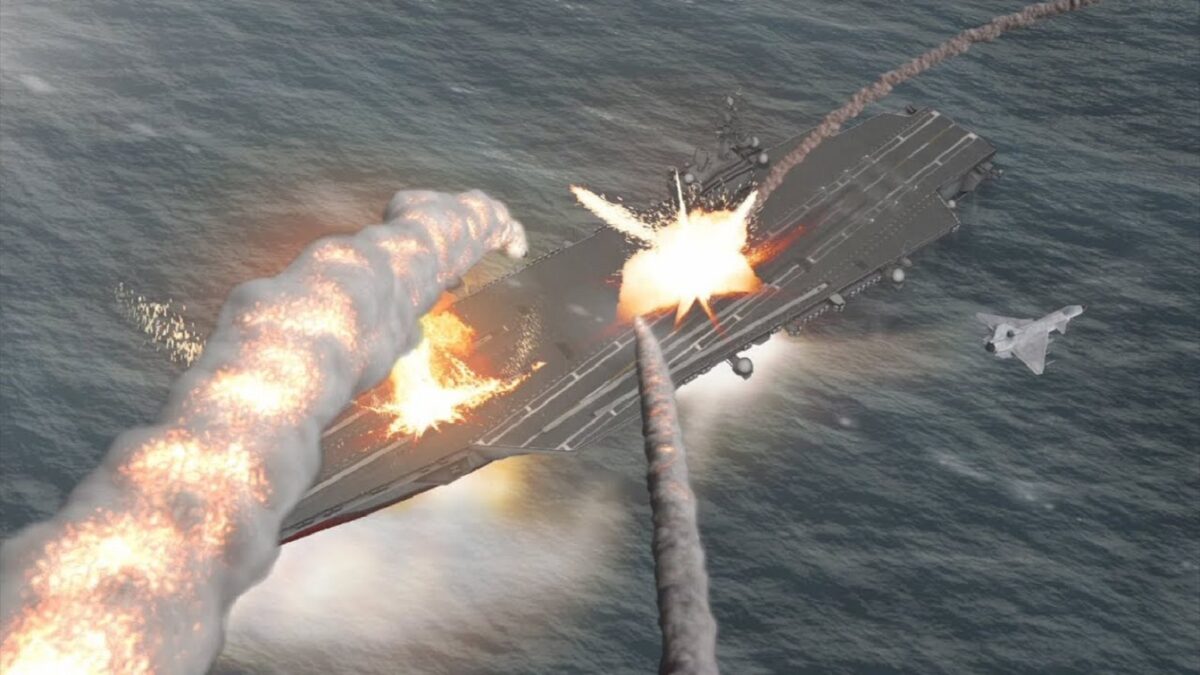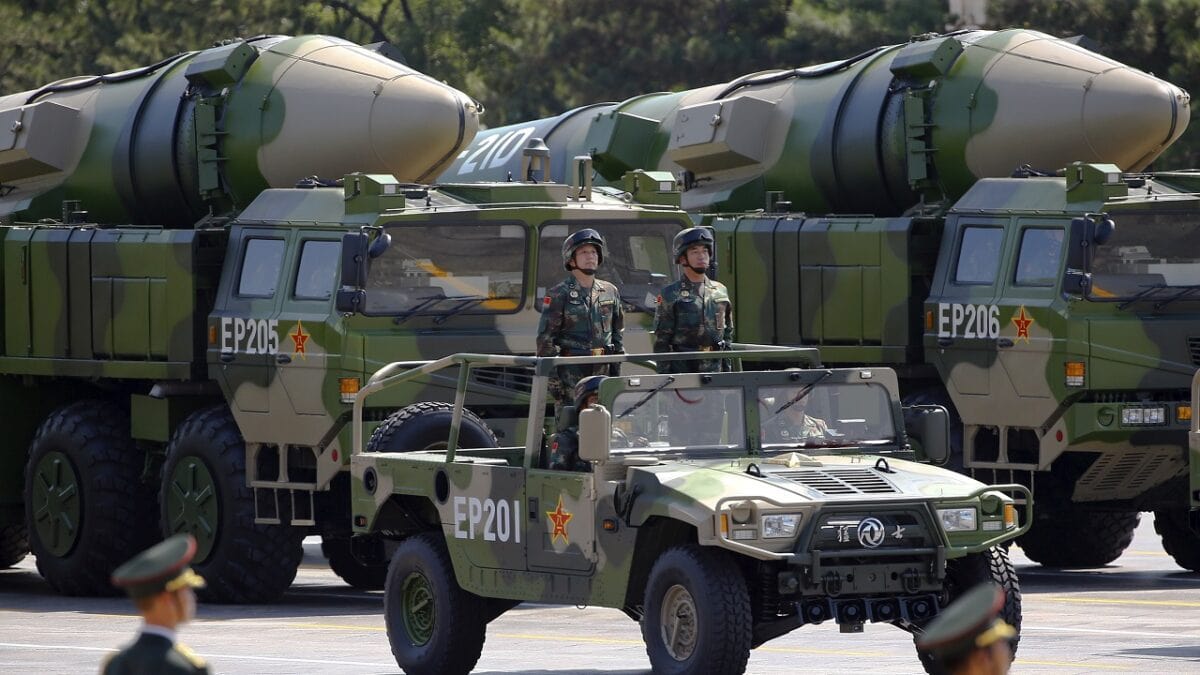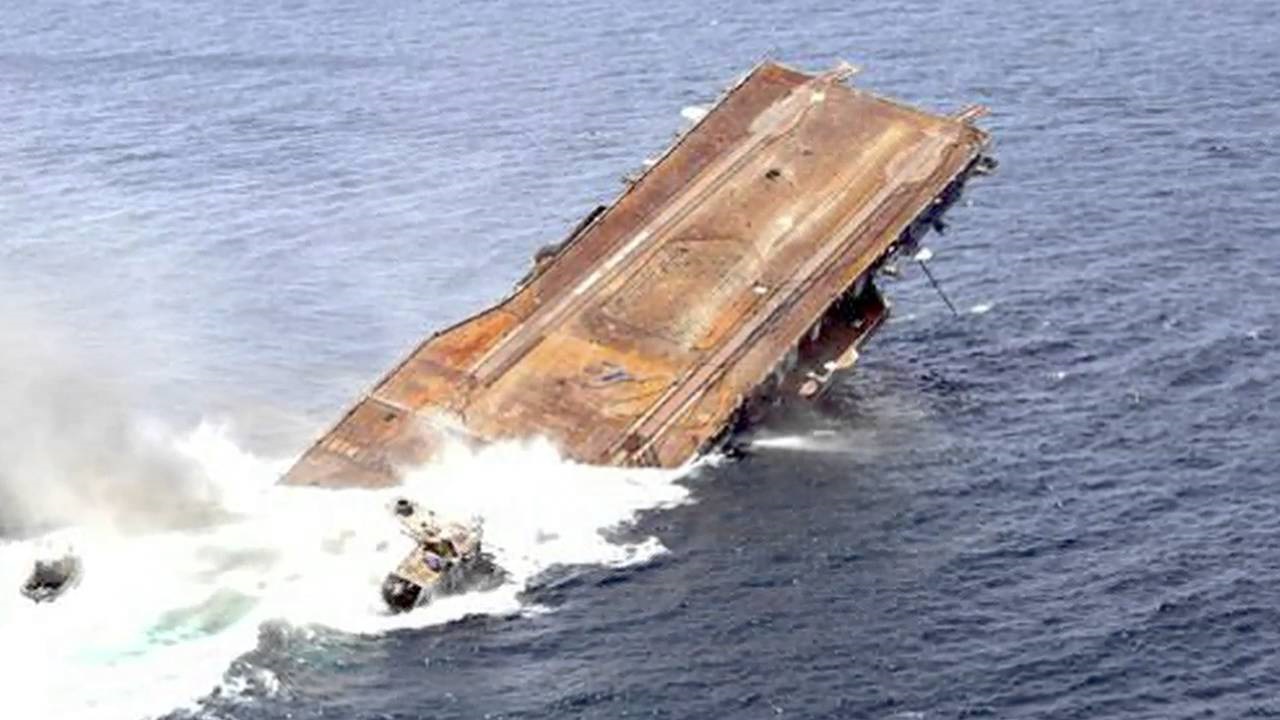China’s long-range DF-27 hypersonic missile may be as mysterious as it is lethal, given how little is known or confirmed about its performance parameters. The Pentagon documented and reported existence of the Chinese missile has been documented and reported by the Pentagon, according to its 2021 annual China military report.
Several years ago, the Pentagon was clear that the missile was “in development,” yet very little information is known about the potential extent to which the DF-27 is, in fact, a “hypersonic weapon.”
“Sources indicate a “long-range” DF-27 ballistic missile is in development. Official PRC military writings indicate this range-class spans 5,000-8,000km, which means the DF-27 could be a new IRBM or ICBM,” the report says.
A report from May 2023 in the South China Morning Post says the weapon is hypersonic and has been in existence for several years.
Regardless, what is clear about the emerging Chinese weapon, as specified by the Pentagon report, is that Chinese writings explain the missile can travel as far as 8,000km, a distance which can not only put Taiwan at risk but also threaten other key U.S. and allied areas throughout the Pacific.
This range of 8,000km, which can generally be thought of as just under 5,000 miles, places South Korea, Japan, and Guam at risk of long-range ballistic missile attack. Guam, for example, is reported to be roughly 4,751km from mainland China and Japan is a similar distance of 4,518km. These distances place both Japan and Guam well within direct reach of China’s DF-27, a weapon that could fire from pretty much anywhere within mainland China, given the PRC’s well-known use of mobile launchers.
According to these specs, the DF-27 has a range comparable to many Russian, Chinese, and U.S. ICBMs, a possible reason why early Pentagon assessments suggest the weapon may indeed be an ICBM.
More recent press reports, however, have said the DF-27 weapon is, in fact, hypersonic. If true, such a prospect would introduce a new realm of threat to U.S. territories and assets in the Pacific theater. Hawaii, for example, is listed as being 5,939 miles (9,558km) from mainland China. California, by extension, is reported to be 6,715 miles (10,807) from mainland China, a distance which places the U.S. well within reach of China’s CSS-4 mod 2 & mod 3 ICBMs, which can travel 12,000 and 13,000km (7,456 and 8,078 miles) respectively, according to the bulletin of atomic scientists. China’s CSS-4 mod 4, which is slated to emerge next year, can travel 13,000km (8,078 miles) with multiple re-entry vehicles.
Given this, even if the DF-27 does not have the range of some Chinese ICBMs, it nevertheless seems to present problems for the U.S. and its allies in the Pacific, particularly if it can in fact travel at hypersonic speeds. A hypersonic ballistic missile traveling toward Japan or Guam would present a much more significant threat than a standard ballistic missile as there would be much less time for commanders to determine the optimal countermeasure or counterattack.

YouTube Screenshot of a Simulation of China Firing a DF-21 ASBM.

Military vehicles carrying DF-21D ballistic missiles roll to Tiananmen Square during a military parade to mark the 70th anniversary of the end of World War Two, in Beijing, China, September 3, 2015. REUTERS/Damir Sagolj
Part of the challenge with a weapon such as this, and part of the mystery, likely pertains to the kinds of guidance systems the DF-27 has. A hypersonic missile of that range, with course-correcting or even precision guidance, would clearly present challenges for air and missile defenses in Japan or Guam.
However, with the proliferation and rapid arrival of large numbers of medium-and-low-earth-orbit satellites, the Pentagon is working on several cutting-edge efforts to “network” nodes to one another and develop a “continuous” track on a hypersonic missile with a mind to potentially intercepting it.
Kris Osborn is the Military Affairs Editor of 19FortyFive and President of Warrior Maven – Center for Military Modernization. Osborn previously served at the Pentagon as a Highly Qualified Expert with the Office of the Assistant Secretary of the Army—Acquisition, Logistics & Technology. Osborn has also worked as an anchor and on-air military specialist at national TV networks. He has appeared as a guest military expert on Fox News, MSNBC, The Military Channel, and The History Channel. He also has a Masters Degree in Comparative Literature from Columbia University.

